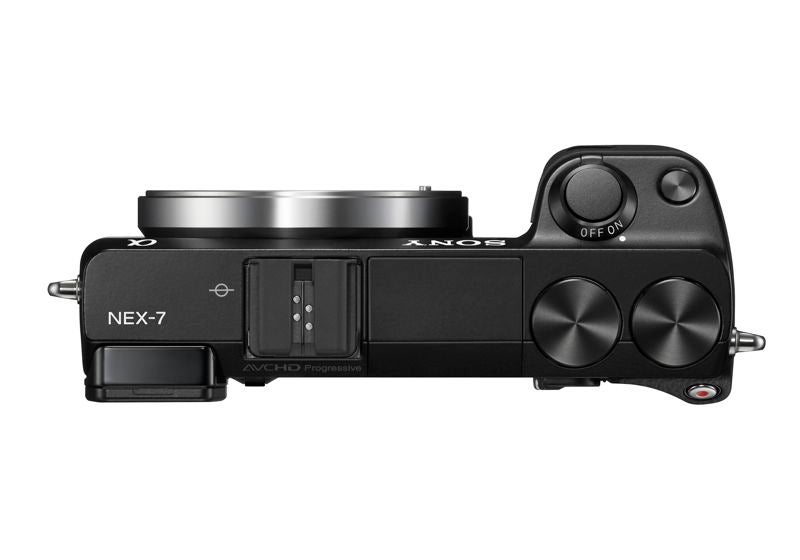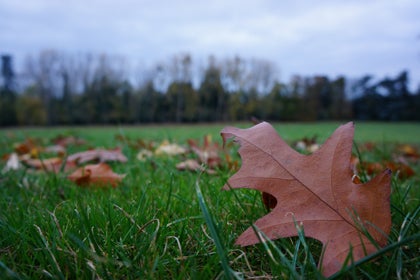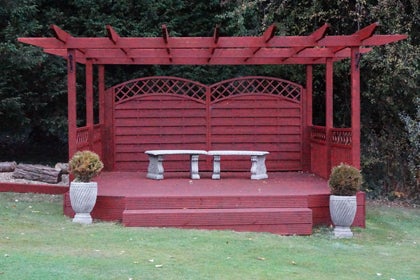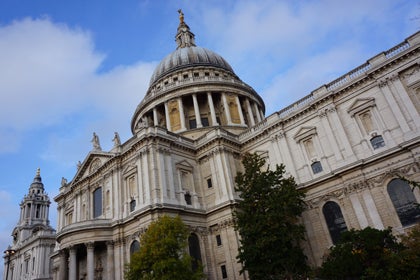The NEX-7 is Sony's answer to the need for a high-end Compact System Camera. But with the Alpha A77 at a close price point is this shrunken-down CSC all its cracked up to be? The WDC Sony NEX-7 review takes a look...
Sony NEX-7 Review
Image Quality & Movie Mode
Sony NEX-7 review – Image Quality
Sony NEX-7: Tone & Exposure
The NEX-7 uses a 1200-zone evaluative metering system, with a choice of either Multi segment, Centre-weighted or spot metering modes on offer. These perform well, creating accurate exposures, though assessment on screen can be tricky due to its high contrast. Images display a smooth tonal range, plus there’s the D-Range Optimiser (DRO) to rescue detail in the highlights and shadows of backlit scenes (though this is a JPEG-only shooting option).
Another impressive mode is Handheld Twilight. This Scene mode captures a series of images and combines them in camera for optimum exposure in low light with reduced image noise. The camera does a very good job of avoiding ghosting and shots taken in the right low-light conditions take huge benefit from this mode.
Sony NEX-7: White Balance & Colour
The NEX-7’s AWB (Auto White Balance) system was consistent, delivering pleasing results. In addition there’s the choice of Daylight, Shade, Cloudy, Incandescent, Fluorescent (four variations), Flash and Kelvin presets, though there’s no WB Bracketing. In-camera Creative Styles are also available to alter the intensity of the colours – these options comprise of Standard, Vivid, Portrait, Landscape, Sunset, B/W and Sepia, all of which can be fine-tuned to adjustment for contrast, saturation and sharpness.
Sony NEX-7: ISO Sensitivity & Image Noise
This is what the NEX
-7 is all about – producing great big images just like the Sony Alpha A77. In Compact System Camera terms there’s nothing higher-resolution and, considering the bigger picture, even high-end DSLRs tend to not have a resolution quite this huge. If stock photography and high resolution are an essential to your work then the NEX-7 will certainly make your shortlist.
The camera’s native ISO 100-16,000 range holds up well from ISO 100-800 and even ISO 1600-3200 are very good. In context, though, and that resolution doesn’t make the NEX-7 the very best low light shooter. Quality’s still decent, but ISO 3200-6400 settings do suffer from sharpness loss and some image noise that see it less proficient than, say, the Nikon D7000 DSLR, while ISO 12,800-16,000 should only really be used as a last resort or for smaller-scale work. At lower ISO settings there are some examples of subtle colour nois
e in shadow areas as low as ISO 320.
Sony NEX-7: Sharpness & Detail
Sharpness is one area where the Sony NEX series (not just the NEX-7) can fall into difficulties. With the large sensor size images are susceptible to softness at the corners when shooting at wideangle settings. The 18-55mm lens, for example, exhibits notable barrel distortion at the wide end that shows during composition but also results in a sharpness fall-off towards images’ edges. There is in-camera Distortion Correction for JPEG shots but this is at the further expense of corner/edge sharpness.
More advanced in-camera features such as disto
rtion, shading and chromatic aberration correction are available for each different E-mount lens, though these can only either be left to ‘Auto’ or switched off.
Centre frame, however, and the NEX-7’s shots are rather special. Low ISO settings mean more detail can be resolved and that massive resolution comes into its own where detail’s concerned.
Sony NEX-7: Raw & JPEG
Due to the NEX-7’s delay there’s no current Adobe Camera Raw update to read the Raw files (v6.6 should have this covered in the immediate future), but the included Image Data Converter v4 software lets you process Raw files on either Mac or PC. A word of warning, however, even a powerful machine processing these files makes slow work of making adjustments.
Raw & JPEG files are similar, though the JPEG versions have sharpness and higher contrast boosted in processing. The Raw files are also ‘as shot’ which means they can be slightly more distorted than their JPEG counterparts, though this will only show to any notable degree at wide-angle settings (and assuming Distortion Correction for JPEG is switched off).
Sony NEX-7 review – Movie/Video Mode
The NEX-7 is able to record 1080p at 50fps at a huge 28Mbps data rate, or 50i at lower 24/17Mbps data rates – the latter of which is in keeping with direct Blu-ray output. 25p at 24/17Mbps is also available as well as MP4 output captured at 1440×1080. Movie autofocus is very smooth to shift between one subject and another. It does so far more slowly than when shooting stills, but avoids over- and under-focusing because of this. Full manual control also features and these can adjusted whilst recording – this includes shutter, aperture and ISO settings as well as exposure compensation.

In short the NEX-7 has a very capable movie mode indeed. Our only complaint is the placement of the one-touch button towards the camera’s edge as it can be unknowingly pressed.








